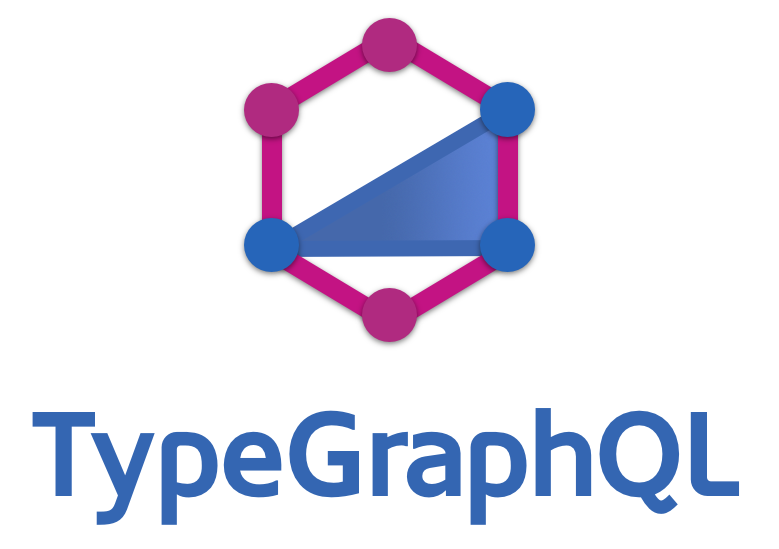TypeGraphQL NestJS Module
Basic integration of TypeGraphQL in NestJS.
Allows to use TypeGraphQL features while integrating with NestJS modules system and dependency injector.
Installation
First, you need to instal the typegraphql-nestjs module along with @nestjs/graphql:
npm i typegraphql-nestjs @nestjs/graphqlIf you haven't installed it yet, it's time to add type-graphql into the project:
npm i type-graphqlHow to use?
The typegraphql-nestjs package exports TypeGraphQLModule dynamic module, which is based on the official NestJS GraphQLModule.
It exposes two static methods. The first one is TypeGraphQLModule.forRoot() which you should call on your root module, just like with GraphQLModule.
The only difference is that as its argument you can provide typical TypeGraphQL buildSchema options like emitSchemaFile or authChecker apart from the standard GqlModuleOptions from @nestjs/graphql like installSubscriptionHandlers or context:
import { Module } from "@nestjs/common";
import { TypeGraphQLModule } from "typegraphql-nestjs";
import RecipeModule from "./recipe/module";
import { authChecker } from "./auth";
@Module({
imports: [
TypeGraphQLModule.forRoot({
emitSchemaFile: true,
validate: false,
authChecker,
dateScalarMode: "timestamp",
context: ({ req }) => ({ currentUser: req.user }),
}),
RecipeModule,
],
})
export default class AppModule {}Then, inside the imported modules (like RecipeModule) you just need to register the resolvers classes in the module providers array:
import { Module } from "@nestjs/common";
import RecipeResolver from "./resolver";
import RecipeService from "./service";
@Module({
providers: [RecipeResolver, RecipeService],
})
export default class RecipeModule {}And that's it!
Notice that the resolvers classes are automatically inferred from your submodules providers array, so you don't need to specify resolvers property from TypeGraphQL buildSchema options inside TypeGraphQLModule.forRoot().
In case of need to provide orphanedTypes setting, you should use TypeGraphQLModule.forFeature(). The recommended place for that is in the module where the orphaned type (like SuperRecipe) belongs:
import { Module } from "@nestjs/common";
import { TypeGraphQLModule } from "typegraphql-nestjs";
import RecipeResolver from "./resolver";
import RecipeService from "./service";
import { SuperRecipe } from "./types";
@Module({
imports: [
TypeGraphQLModule.forFeature({
orphanedTypes: [SuperRecipe],
}),
],
providers: [RecipeResolver, RecipeService],
})
export default class RecipeModule {}Using .forFeature() ensures proper schemas isolation and automatically supply orphanedTypes option for underlying buildSchema from TypeGraphQL - again, there's no need to provide it manually in .forRoot() options.
Caveats
While this integration provides a way to use TypeGraphQL with NestJS modules and dependency injector, for now it doesn't support other NestJS features like guards, interceptors, filters and pipes.
To achieve the same goals, you can use standard TypeGraphQL equivalents - middlewares, custom decorators, built-in authorization and validation.
Moreover, with typegraphql-nestjs you can also take advantage of additional features (comparing to @nestjs/graphql) like inline field resolvers, interface args and resolvers, query complexity or Prisma 2 integration.
Examples
You can see some examples of the integration in this repo:
-
Basics of the integration, like
TypeGraphQLModule.forRootusage -
Advanced usage of multiple schemas inside single NestJS app - demonstration of schema isolation in modules and
TypeGraphQLModule.forFeatureusage -
Usage of request scoped dependencies - retrieving fresh instances of resolver and service classes on every request (query/mutation)
You can run them by using ts-node, like npx ts-node ./examples/1-basics/index.ts.
All examples folders contain a query.gql file with some examples operations you can perform on the GraphQL servers.


